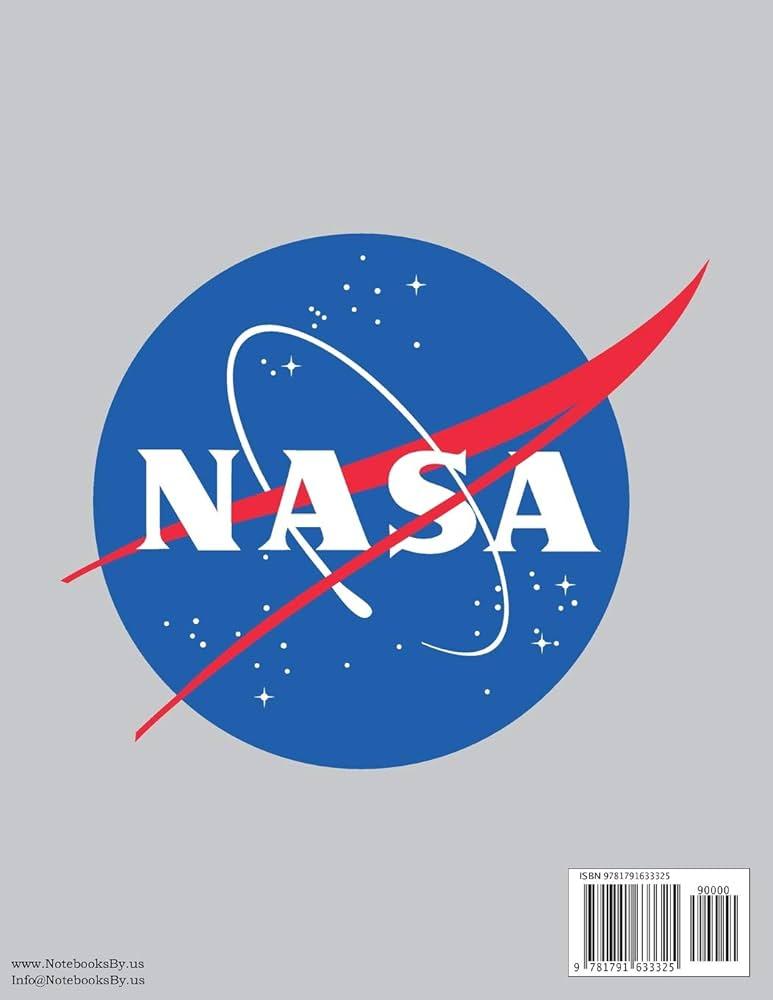Curiosity Rover’s Ongoing Journey: New Discoveries on Mars
Navigating the Martian landscape, NASA’s Curiosity rover continues to play a pivotal role in our exploration of the Red Planet. While the Perseverance rover garners much attention, Curiosity is steadily advancing its mission, as evidenced by recent high-resolution images from NASA’s orbiters. These visuals not only document Curiosity’s path through the challenging terrain but also reveal its significant contributions to our understanding of Mars’ geology and climate. This article explores Curiosity’s latest findings and emphasizes how orbital observations enhance our knowledge of this alien world.
Curiosity’s Journey Captured by NASA Orbiters
The mission of the Curiosity Rover has taken an exciting turn, with stunning imagery from NASA’s orbiting satellites showcasing its trek across Mars’ rugged surface. These real-time updates provide a glimpse into both the rover’s remarkable journey and the complex terrain it navigates. The ability of these orbiters to track Curiosity offers invaluable insights into its operations while deepening our comprehension of Martian conditions.
As Curiosity gears up for its next scientific endeavor, researchers are optimistic about uncovering new data regarding Mars’ geological and atmospheric characteristics. Key objectives for this upcoming phase include:
- Examining soil samples for organic materials.
- Analyzing ancient riverbeds to gain insights into historical water flow.
- Evaluating potential habitability within Martian environments.
The documentation provided by orbital imagery highlights collaborative efforts in space exploration, illustrating how technology facilitates groundbreaking discoveries. Scientists eagerly await results from Curiosity’s new location, which promises to broaden our understanding of Mars’ history and prospects for life.
Orbital Images Reveal Insights on Curiosity’s Path and Mission Goals
The latest images captured by NASA’s Mars Reconnaissance Orbiter have unveiled crucial details about Curiosity’s ongoing expedition across Martian terrain. High-resolution photographs showcase distinct tire tracks left behind by the rover as it moves toward scientifically promising areas. Each image contributes to a comprehensive map detailing Curiosity’s route while enhancing our grasp of its mission goals and geological features encountered along the way.
The targeted area exhibits several notable characteristics that merit further investigation:
- Potential Geothermal Activity: Evidence suggests past volcanic activity may have occurred in this region.
- Diverse Rock Formations: Layered rocks indicate sedimentary processes that could shed light on climatic changes over time.
- Mineral Deposits: Signs indicating minerals formed in water may provide clues about previous liquid water presence on Mars.
This observational data aids scientists in prioritizing scientific targets for future investigations based on findings derived from recent orbital images:
| Objective | Description | |
|---|---|---|
| Analyze Rock Layers | An examination of sedimentary history. |
Recommendations for Future Rover Missions Based on Recent Findings
The ongoing journey of the Curiosity rover underscores essential considerations for enhancing future missions across Martian landscapes. By utilizing data gathered during current explorations, NASA can focus on developing advanced technologies aimed at improving mobility and scientific outcomes in subsequent missions. Future rovers could greatly benefit from innovations such as:
- Advanced Mobility Systems: Implementing cutting-edge wheel designs alongside improved suspension systems will enable safe navigation through diverse terrains like steep inclines or loose sand surfaces . li >
- Enhanced Autonomous Navigation: Utilizing AI-driven systems will allow real-time decision-making , enabling rovers to adjust routes safely without human intervention . li >
- Sophisticated Analytical Instruments: Creating state-of-the-art tools capable conducting precise analyses directly onsite will deepen understanding regarding both geology & potential biosignatures present within samples collected . li >
< / ul >Additionally , information obtained throughout this mission can inform strategic planning concerning future landing sites , concentrating efforts towards regions exhibiting high potentiality towards significant discoveries . Collaborative partnerships with international space agencies may also bolster success rates during these endeavors ; key recommendations include : p >
< th >< b >Recommendation< / b > th >< th >< b>Description< / b > th > tr > < td >< b >Targeted Landing Sites< / b > td >< td>Selecting locations based upon findings made via curiosity particularly focusing unexplored mineral-rich areas.< / td > tr > < td >< b >Increased Collaboration< / b > td >< td>Pursuing partnerships among global institutions sharing technology expertise enhances overall performance.< / td > tr > Conclusion: Insights Gained From Ongoing Exploration Efforts and Future Prospects for Discovery on Mars and Beyond! h2 >
The recent observations captured via NASA orbiter signify an important milestone within ongoing explorations conducted by curiosity rover! As it continues traversing various terrains en route towards next science stop; this expedition reflects dedication exhibited amongst teams working tirelessly at nasa while emphasizing significance remote monitoring plays when exploring outer space! Data collected during these excursions undoubtedly contributes significantly towards expanding knowledge surrounding mars’ geological history—providing vital insight pertaining past habitability possibilities! As curiosity presses forward; scientists enthusiasts alike remain eager anticipating forthcoming discoveries awaiting them ahead! Stay tuned more updates unfold throughout epoch-making journey!
